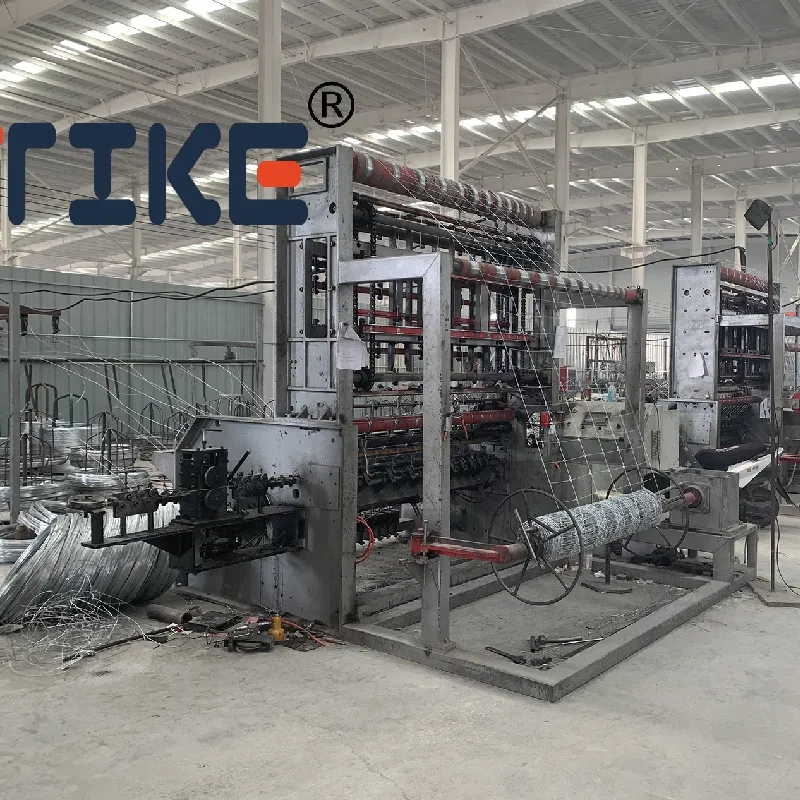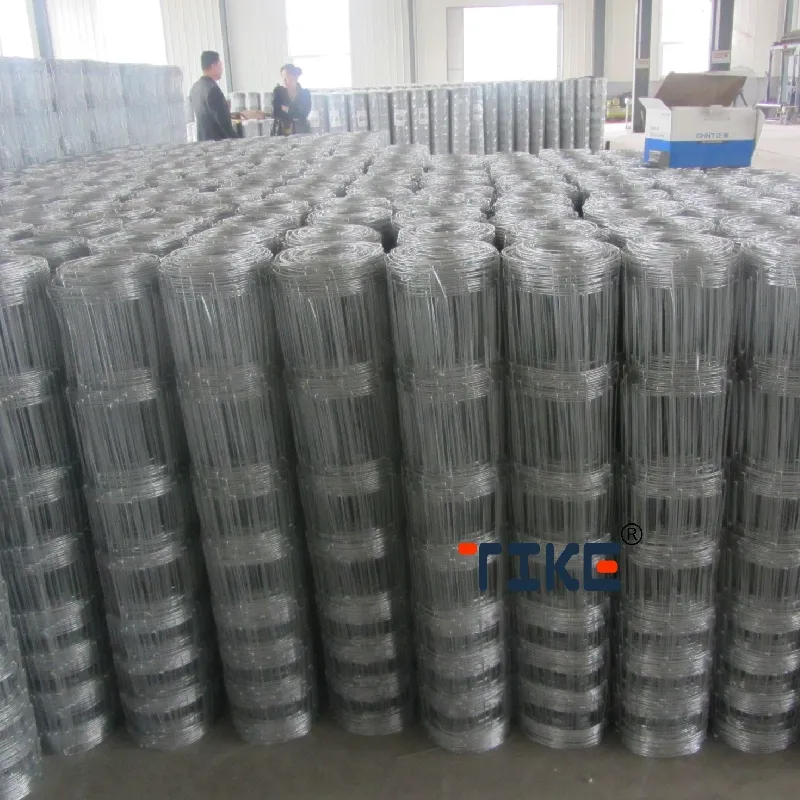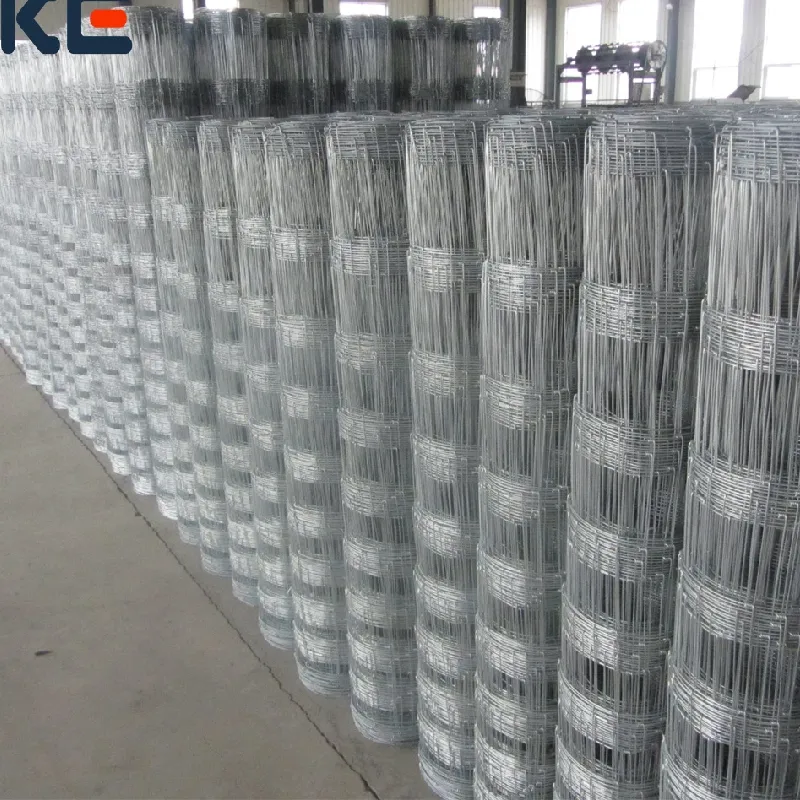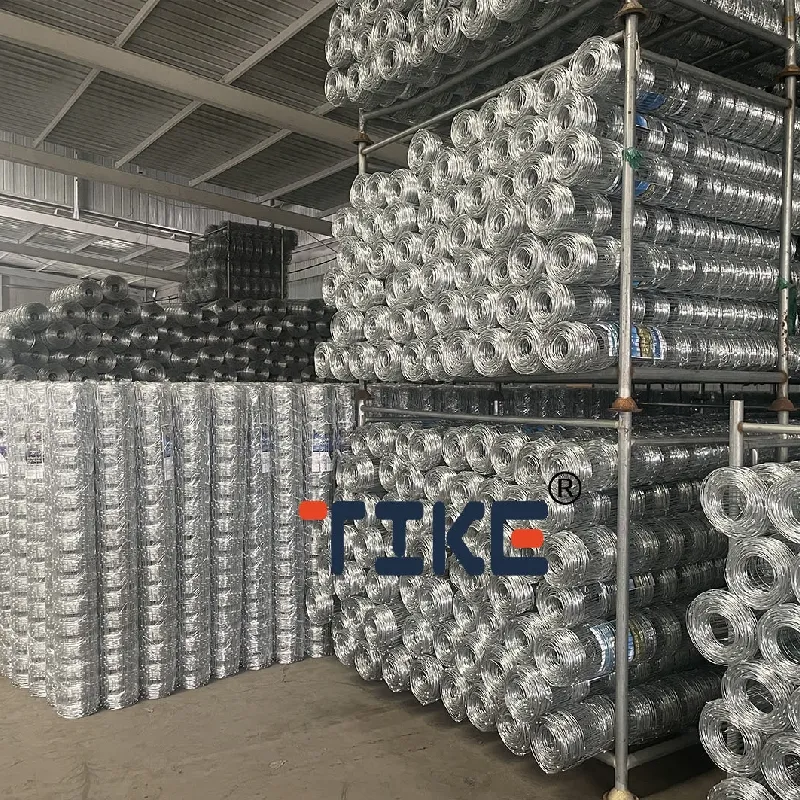With over 15 years of expertise in agricultural fencing solutions, SHENZHOU TIKE METAL CO., LTD. stands at the forefront of cattle fence innovation. Our manufacturing facility in Hebei Province combines cutting-edge technology with rigorous quality control to deliver fencing systems that endure extreme conditions while ensuring livestock safety.
Product Name: Cattle Fence
Primary Application: Specifically engineered for pasture construction and grassland management to provide secure livestock confinement while withstanding environmental stressors. Engineered for durability and low-maintenance operation in diverse agricultural settings.
The global cattle fence market has experienced a 7.8% CAGR growth since 2020 (AgriFence Report 2023), driven by rising livestock safety regulations and ranch modernization initiatives. Traditional cattle fence barbed wire installations are increasingly being replaced with advanced cattle fence metal systems incorporating galvanized steel and aluminum alloys that offer 2-3× longer service life with significantly reduced maintenance requirements.
Modern cattle fence construction methodologies emphasize structural resilience against climate stressors, with contemporary designs capable of withstanding wind loads exceeding 90 mph and temperature fluctuations from -40°F to 120°F. This engineering evolution directly addresses the $2.3 billion annual loss attributed to livestock containment failures (USDA Farm Report 2023).
– Journal of Agricultural Engineering, March 2023
Understanding the engineering parameters of cattle fence systems is crucial for proper selection and installation. Below are comprehensive specifications for modern fencing solutions:
| Parameter | Standard Range | Premium Specifications | Testing Standard |
|---|---|---|---|
| Wire Diameter | 2.0mm - 2.5mm | 2.8mm high-tensile steel | ASTM A641 |
| Tensile Strength | 800-1000 MPa | 1200-1400 MPa | ISO 6892-1 |
| Coating Thickness | 40-60 g/m² (Zinc) | 80-100 g/m² (Zinc-Aluminum) | ASTM A123 |
| Post Spacing | 12-15 feet | 18-20 feet with bracing | AS/NZS 4680 |
| Height Variations | 48-54 inches | 60 inches with predator extension | BS EN 1176 |
| Corrosion Resistance | 15-20 years | 25-30 years (Class 3 coating) | td>ASTM B117 |
| Impact Resistance | Medium | High (with reinforced corners) | ISO 10244 |
Proper cattle fence construction requires systematic implementation:
Phase 1: Site Preparation (3-5 days)
• Comprehensive terrain surveying with GPS mapping
• Soil testing for post-setting optimization
• Path clearance and grading for consistent fence line
Phase 2: Structural Implementation (5-14 days)
• Corner post installation with concrete footings (minimum 36" depth)
• Intermediate post setting at engineered spacing
• High-tension wiring with ratchet tensioners (250-300kg force)
• Ground clearance optimization (6-8" clearance)
Phase 3: Quality Verification
• Tension consistency testing along fence line
• Electrical continuity verification for electrified systems
• Comprehensive inspection of all connection points
The evolution of cattle fence metal compositions reflects material science advancements:
Galvanized Steel: Standard zinc coating (Class 1: 100g/m²) provides 15-year protection in rural environments. Optimal for moderate climates with limited environmental stressors.
Zinc-Aluminum Alloy: Advanced Galfan coating (95% zinc, 5% aluminum) extends protection to 25+ years through sacrificial anode protection, particularly effective in coastal or chemically-treated soil environments.
High-Tensile Formulations: Cold-drawn steel wires with 1350+ MPa strength enable reduced wire diameters while maintaining containment integrity. Allows wider post spacing (up to 20 feet), significantly reducing installation costs.




Cattle fence solutions require adaptation to specific ranching environments:
Rotational Grazing Systems: Modular panel designs facilitate pasture subdivision with 80% faster reconfiguration compared to permanent fencing. Implementation should follow NRCS (Natural Resources Conservation Service) guidelines for optimal forage utilization.
Sloping Terrain: Contour-following installation techniques with graduated post heights maintain consistent barrier height across 10-40° slopes. Anti-slide foundations prevent post migration on inclines exceeding 15°.
Predator Protection: Electrified outrigger systems extending 18" outward at 45° angle deter climbing predators. Minimum 5000V pulse at perimeter delivers behavioral conditioning after 2-3 encounters.
Texas A&M AgriLife Research (2023) documented performance metrics across 47 ranches:
Containment Effectiveness:
• Modern high-tensile systems reduced breach incidents by 84% compared to traditional fencing
• Veterinary interventions for fencing-related injuries decreased by 77%
• Pasture utilization efficiency increased by 35% through improved rotational capacity
Economic Impact Analysis:
• 10-year lifecycle cost analysis shows premium fencing delivers 44% ROI through:
• 68% reduction in maintenance expenditures
• 19% decrease in livestock loss
• 28% labor efficiency improvement
RELATED PRODUCTS